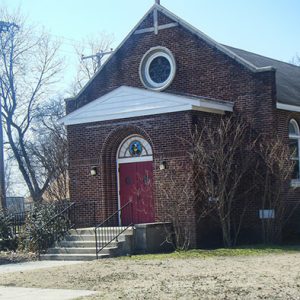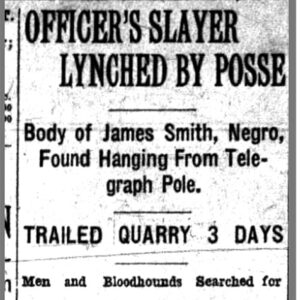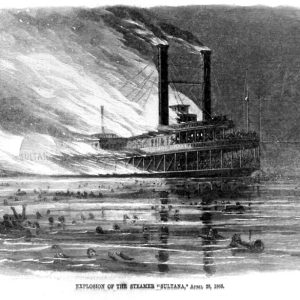 Sacred Heart Catholic Church
Sacred Heart Catholic Church
County: Crittenden - Starting with S
 Sacred Heart Catholic Church
Sacred Heart Catholic Church
 William Sidle Killing Article
William Sidle Killing Article
Smith, Frank Grigsby
Smith, James (Lynching of)
 James Smith Lynching Article
James Smith Lynching Article
Smith, Jim (Lynching of)
 Jim Smith Lynching Article
Jim Smith Lynching Article
Southland Park Gaming and Racing
aka: Southland Greyhound Park
 St. Michael's School
St. Michael's School
State of Arkansas v. Tee Davis
Sultana
 Sultana Disaster
Sultana Disaster
 Sultana Disaster Museum
Sultana Disaster Museum
Sultana Disaster Museum
Sunset (Crittenden County)
 Swepston Mercantile Building
Swepston Mercantile Building




